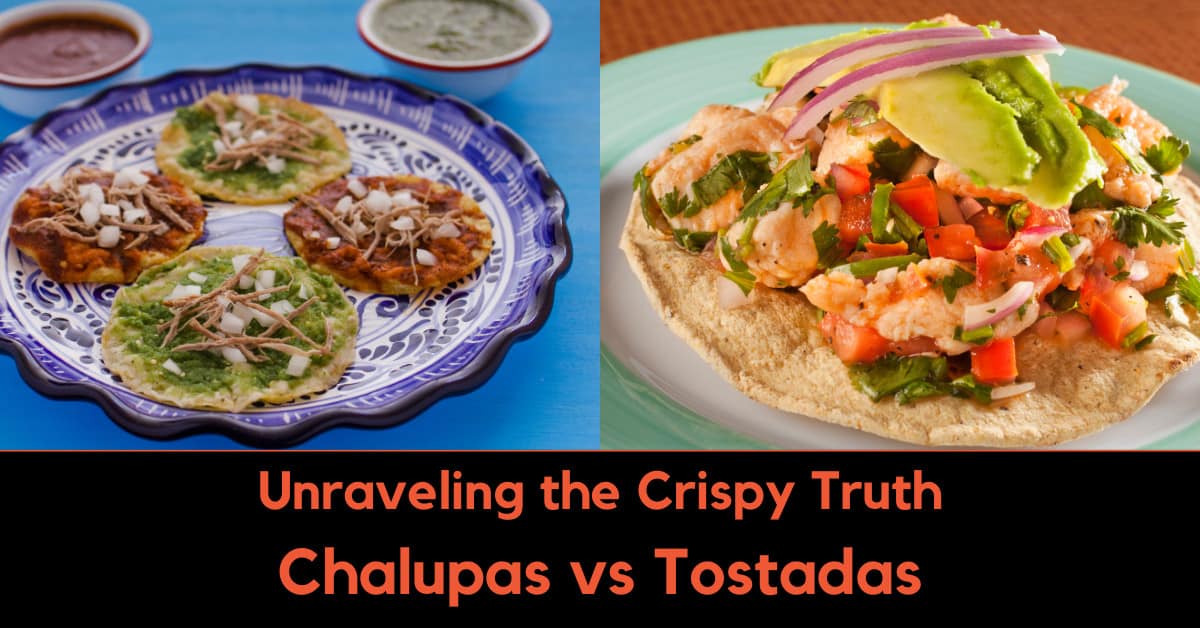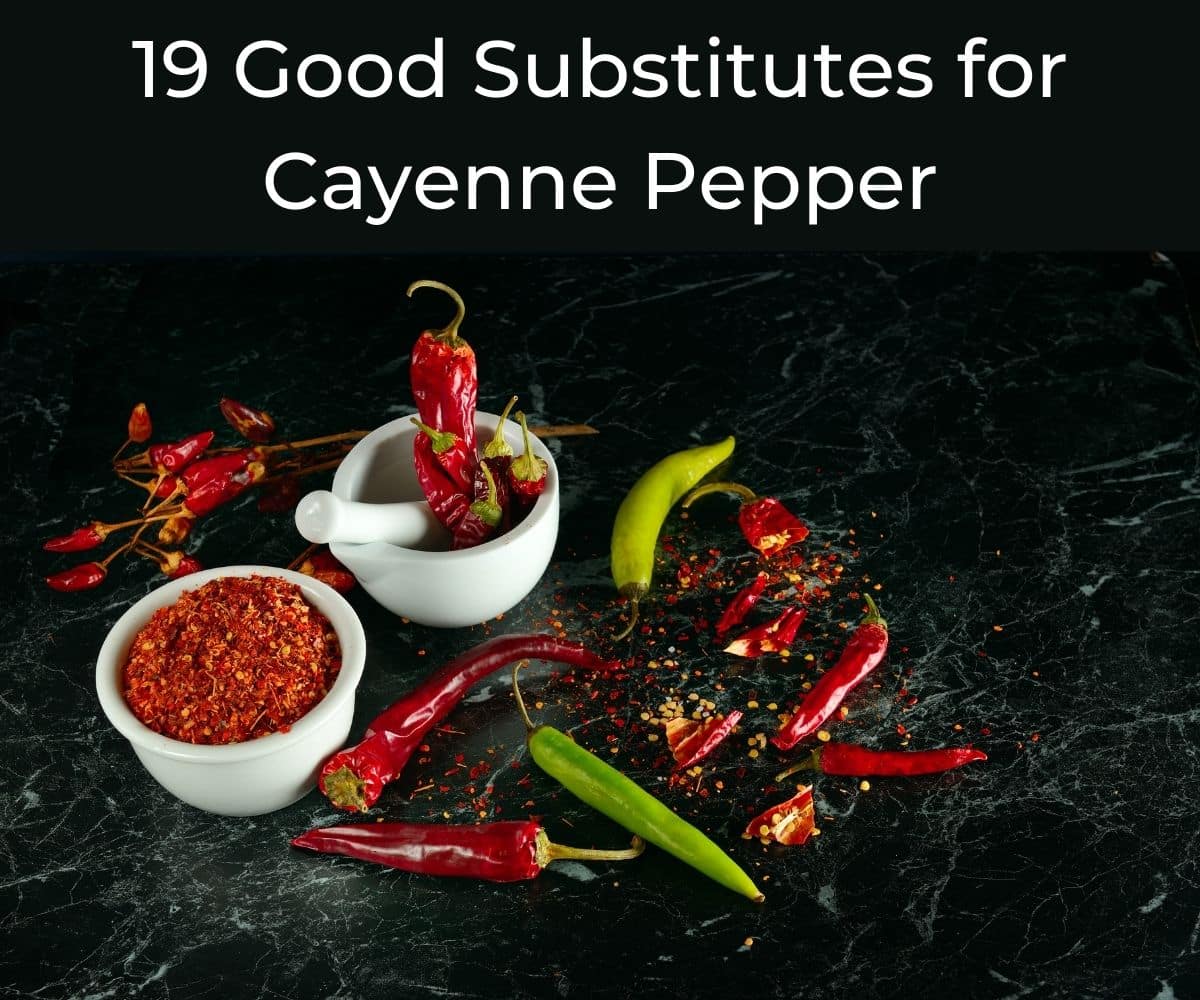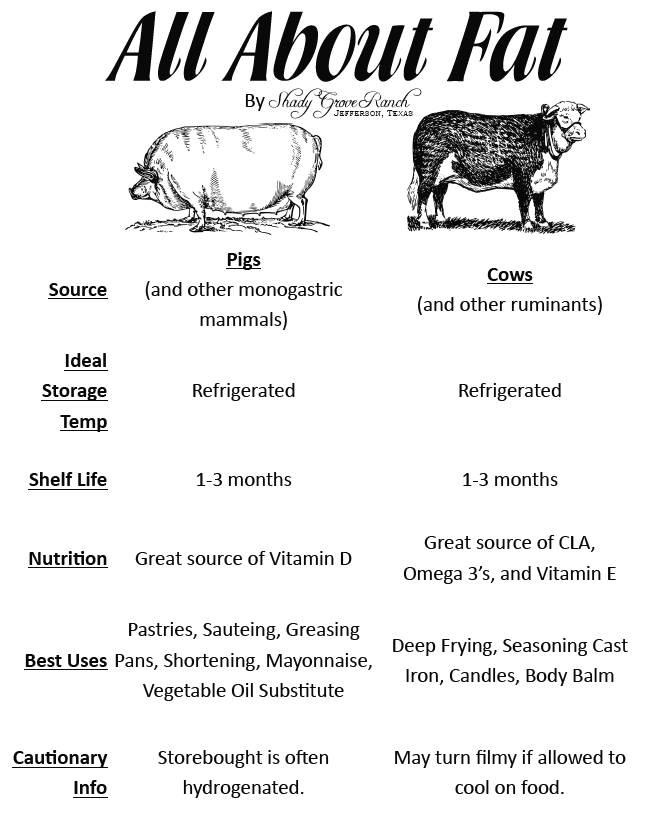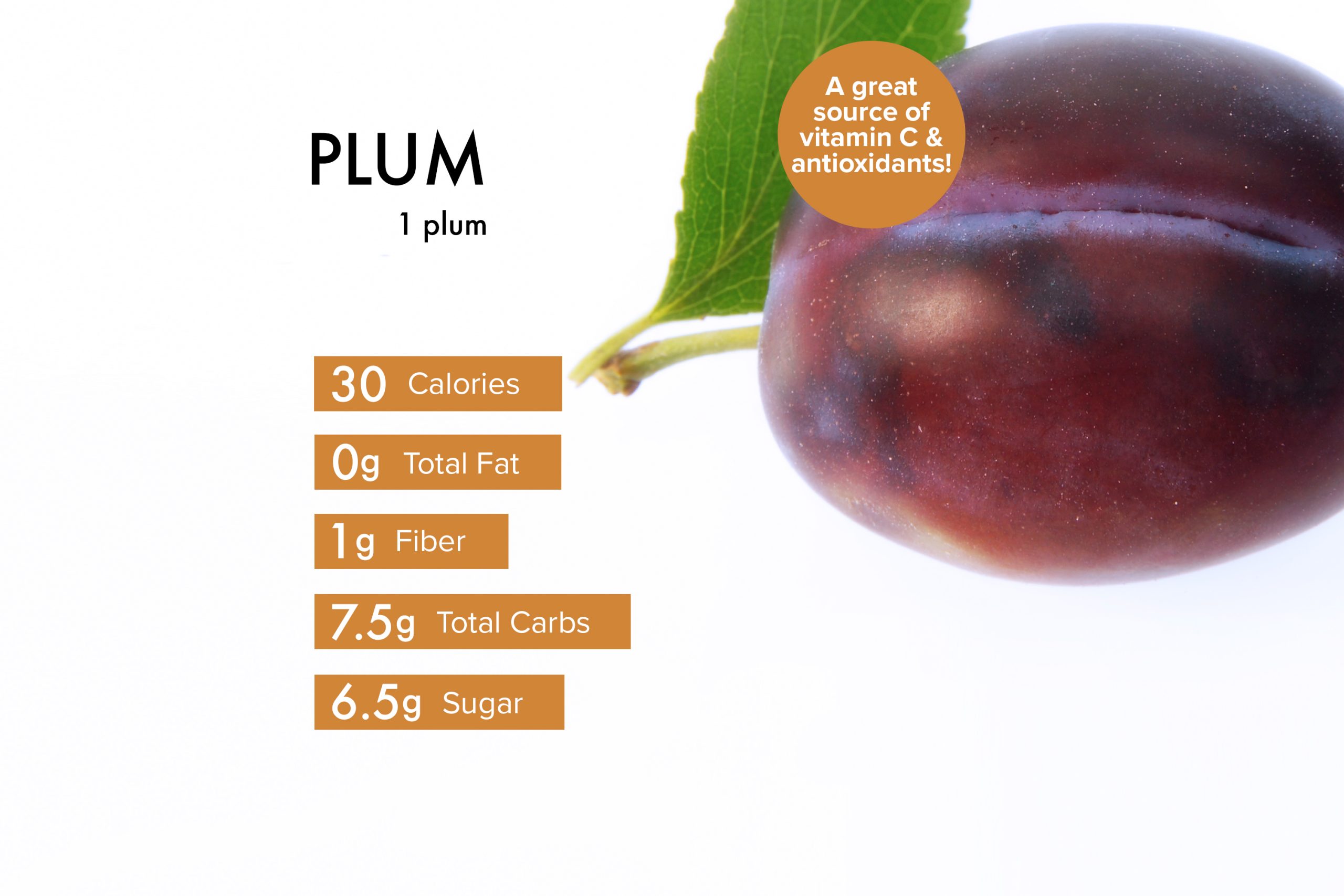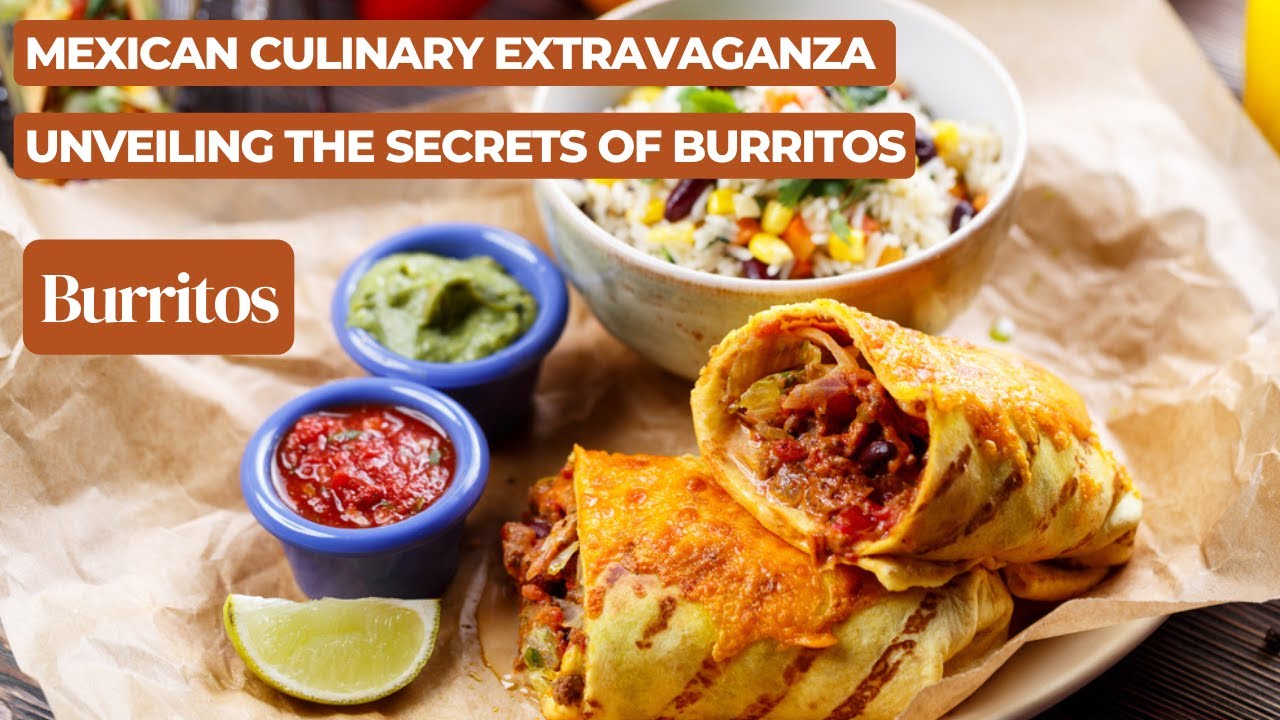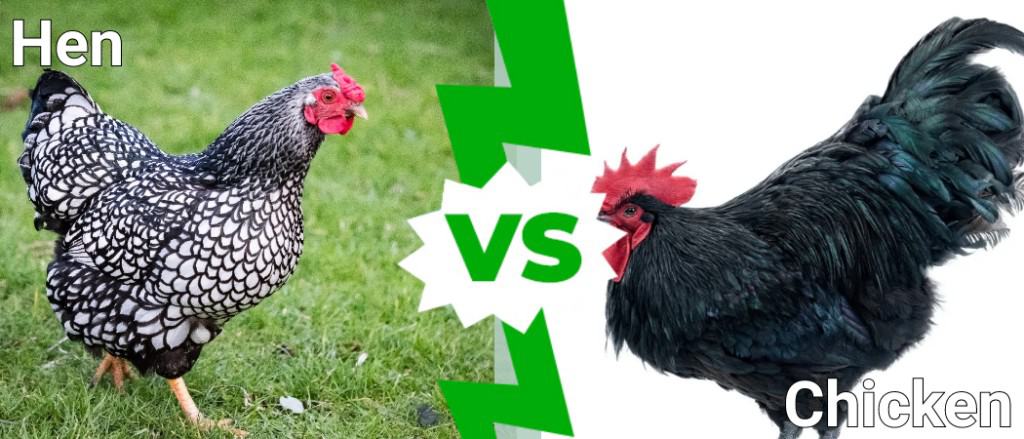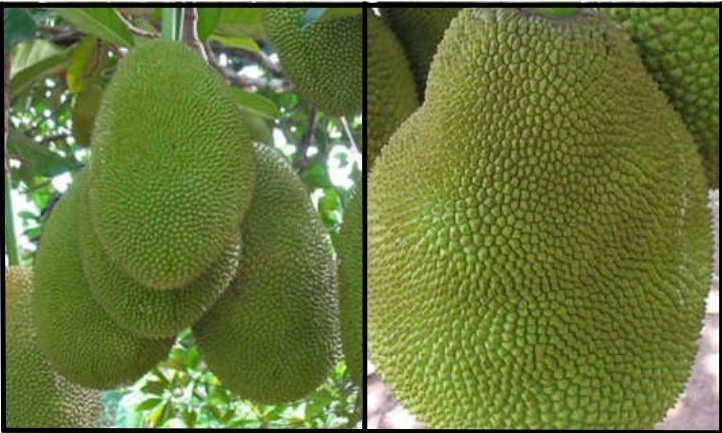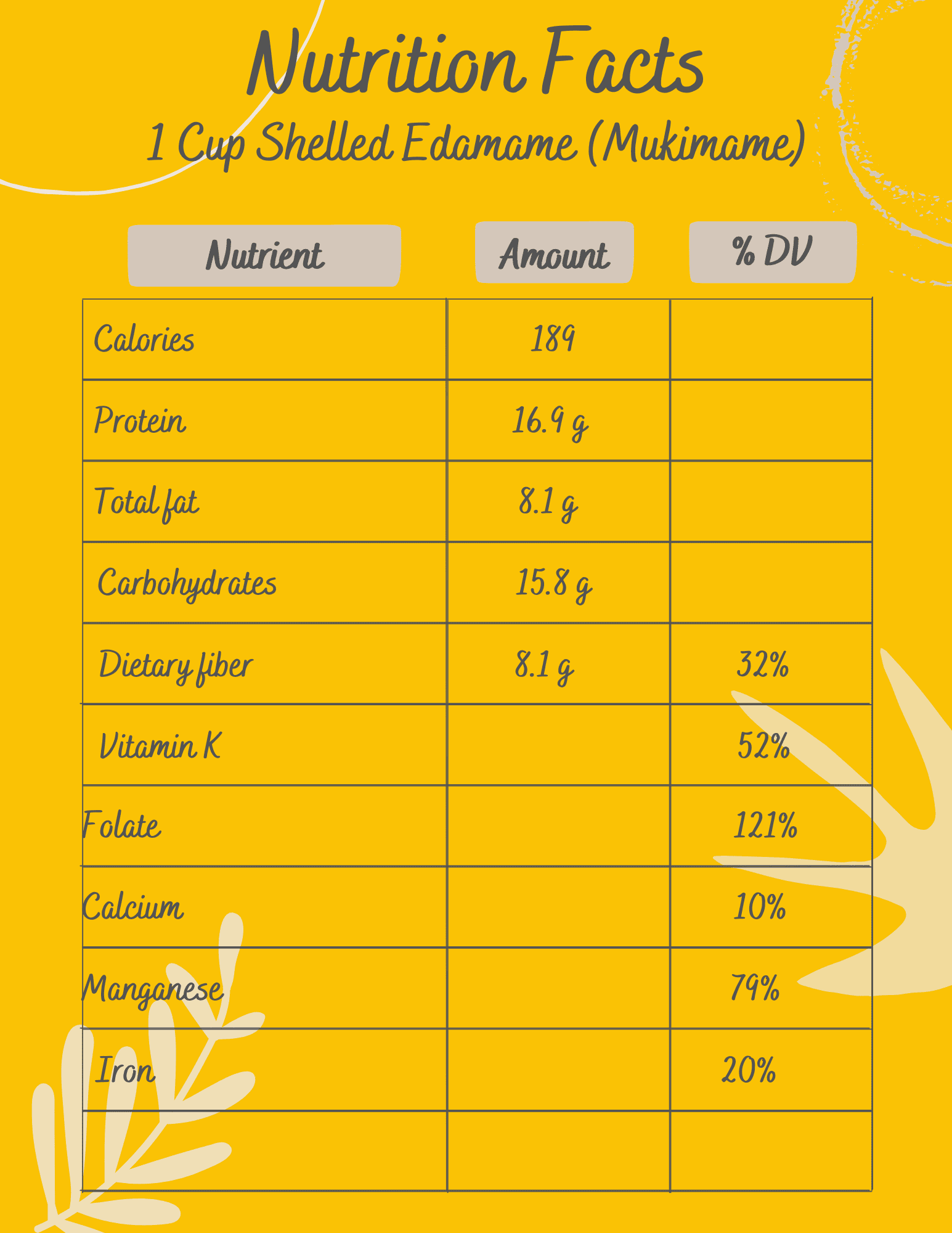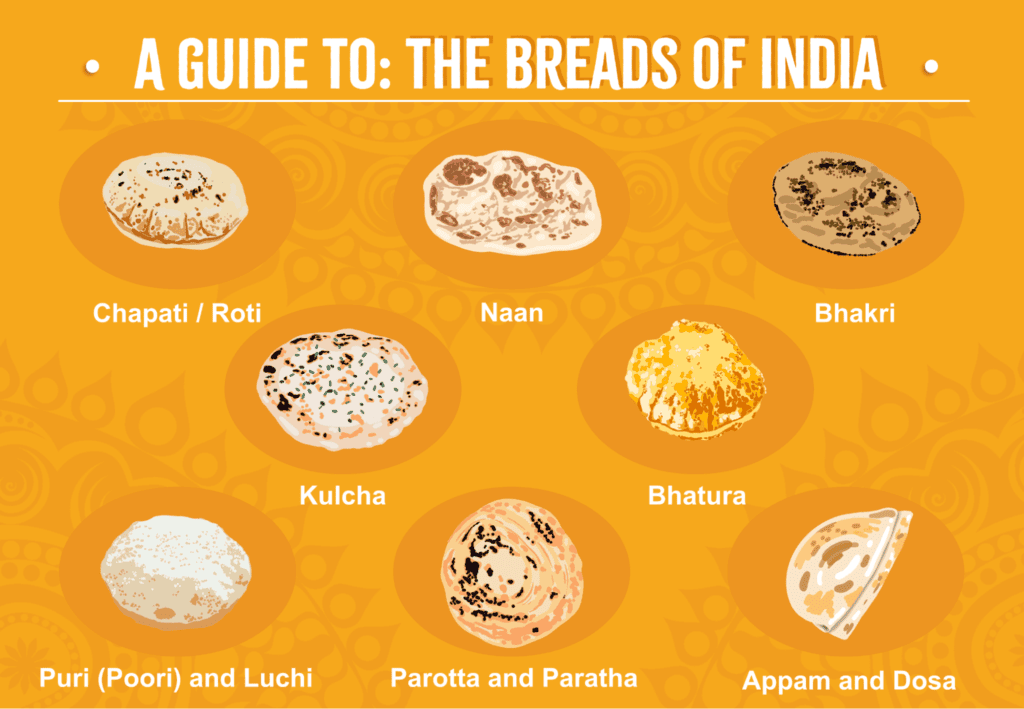Tostadas vs Chalupas: Exploring the Delicious World
– Tostadas and chalupas are both types of Tex-Mex cuisine.
– Tostadas are made from fried tortillas and have a crunchy texture.
– Tostadas serve as a base for various toppings such as beans, meat, and seafood.
– Chalupas are made from corn dough and shaped like a shallow cup or bowl.
– Chalupas are traditionally topped with salsa, cheese, and lettuce.
– Chalupas are generally not made from stale tortillas and require the dough to be made and pressed before frying.
– In America, Taco Bell has a popular version of the chalupa that is topped with lots of ingredients and meat but differs from the traditional chalupa in terms of shape and bread type.
– The shape is the biggest difference between tostadas and chalupas.
– Tostadas are flat and can be made from either corn or wheat tortillas, while chalupas are curved and usually made from corn-based dough.
– Tostadas are typically more protein-heavy than traditional chalupas.
– The article provides instructions on making homemade tostadas through baking or frying methods.
– It also mentions that there are various recipes available online for making traditional chalupas, with one Taco Bell recipe included among them.
– The article compares various Mexican dishes such as chalupas, gorditas, quesalupas, chimichangas, tacos, tostadas, sopes, and tostaguacs.
– It explains the differences between these dishes in terms of their ingredients, shapes, textures, and how they are prepared.
– It mentions that chalupas are fried, specially-shaped tortillas topped with various ingredients, while tacos are made with flat tortillas and have more protein-heavy toppings.
– Gorditas are thick tortillas filled with beans, meat, or other ingredients, while chalupas are not filled but topped with ingredients.
– Quesalupas are similar to chalupas but have a lining of melted cheese.
– Chimichangas are deep-fried burritos, whereas chalupas are not burritos and are a traditional Mexican food.
– Tostadas are fried or baked tortillas that remain crisp and act as a plate, while tacos are softer and can be folded.
– Sopes are thicker than tostadas, have a raised border, and are not made from leftover tortillas.
– Tostaguacs are tostadas with guacamole on top.
– Chalupas are fried tortillas with toppings, while tacos are made with flat tortillas.
– Chalupas are generally lighter than tacos in terms of toppings.
– Gorditas are thick corn tortillas with a pocket in the middle filled with beans, pork, beef, or papas con chile.
– Chalupas do not have a pocket and are topped with toppings instead of being filled.
– Chalupas are usually deep-fried, while gorditas are not.
– Quesalupa is a Taco Bell dish similar to chalupa but with a lining of melted cheese.
– Chimichangas are deep-fried burritos with rice, beans, meat, cheese, and vegetables (optional).
– Chalupas are traditional Mexican food, while chimichangas are Mexican-American born.
– Tacos have a soft corn tortilla shell, while tostadas are fried or baked tortillas that remain crisp.
– Tostadas are flat and act as a plate, while tacos can be folded and are more pliable.
– Sopes are thicker than tostadas and have a raised border to prevent toppings from spilling.
– “Tostaguac” refers to a tostada with guacamole on top.
– Tostadas are different from tortas.
